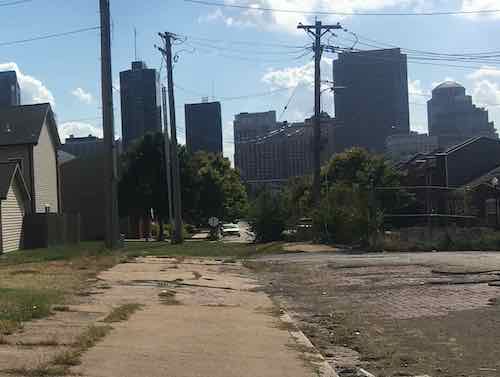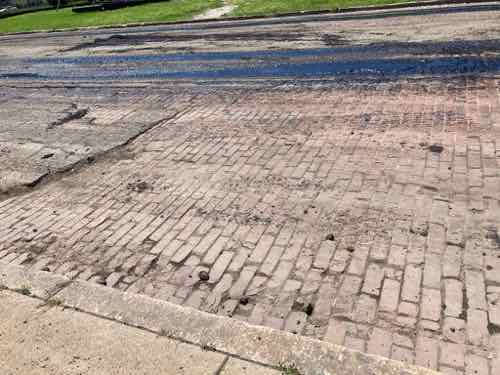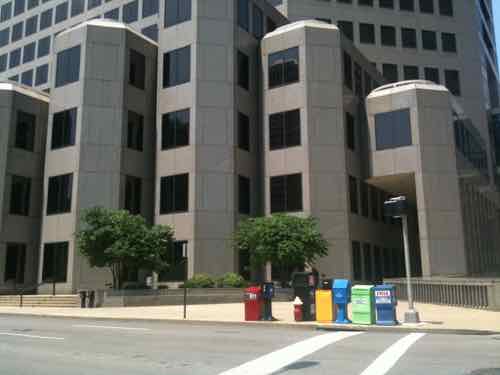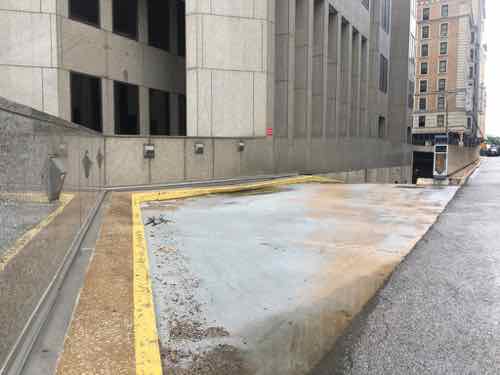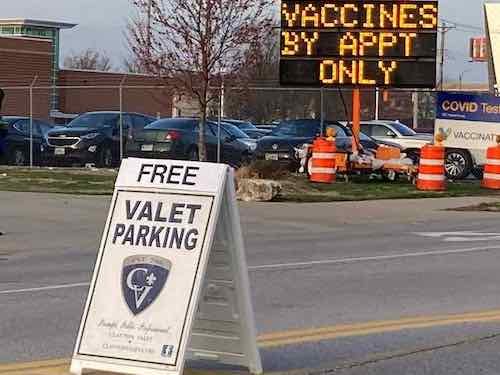New Book — ‘Curbing Traffic: The Human Case for Fewer Cars in Our Lives’, by Melissa Bruntlett and Chris Bruntlett
 This is the first of three books I received in July, so they’re newish. My health insurance is better now so I’m getting caught up.
This is the first of three books I received in July, so they’re newish. My health insurance is better now so I’m getting caught up.
I’ve posted before about my interest in electric cars, but also interest in and use of public transportation. My electric “vehicle” is a 2008 power wheelchair which I use in combination with public transit. The able-bodied can use a bike with transit, instead of a wheelchair.
Like so many others, I realize switching all internal combustion vehicles for electric ones isn’t going to solve the major problems with the automobile: they require a lot of space, for example. Today’s newish book looks at reducing the number of cars on our roads and filling our cities on huge surface lots or parking structures.
In 2019, mobility experts Melissa and Chris Bruntlett began a new adventure in Delft in the Netherlands. They had packed up their family in Vancouver, BC, and moved to Delft to experience the biking city as residents rather than as visitors. A year earlier they had become unofficial ambassadors for Dutch cities with the publication of their first book Building the Cycling City: The Dutch Blueprint for Urban Vitality. [see August 2018 post on their first book here.]
In Curbing Traffic: The Human Case for Fewer Cars in Our Lives, Melissa and Chris Bruntlett chronicle their experience living in the Netherlands and the benefits that result from treating cars as visitors rather than owners of the road. They weave their personal story with research and interviews with experts and Delft locals to help readers share the experience of living in a city designed for people.
In the planning field, little attention is given to the effects that a “low-car” city can have on the human experience at a psychological and sociological level. Studies are beginning to surface that indicate the impact that external factors—such as sound—can have on our stress and anxiety levels. Or how the systematic dismantling of freedom and autonomy for children and the elderly to travel through their cities is causing isolation and dependency.
In Curbing Traffic, the Bruntletts explain why these investments in improving the built environment are about more than just getting from place to place more easily and comfortably. The insights will help decision makers and advocates to better understand and communicate the human impacts of low-car cities: lower anxiety and stress, increased independence, social autonomy, inclusion, and improved mental and physical wellbeing.
The book is organized around the benefits that result from thoughtfully curbing traffic, resulting in a city that is: child-friendly, connected, trusting, feminist, quiet, therapeutic, accessible, prosperous, resilient, and age-friendly.
Planners, public officials, and citizen activists should have a greater understanding of the consequences that building for cars has had on communities (of all sizes). Curbing Traffic provides relatable, emotional, and personal reasons why it matters and inspiration for exporting the low-car city. (Island Press)
This isn’t about eliminating all cars, just moving to fewer cars than today. Here are the authors explaining their view:
You can read the full introduction and much of the first chapter (The Child-Friendly City) on Amazon. (Kindle preview is longer than the softcover preview.)
— Steve Patterson
